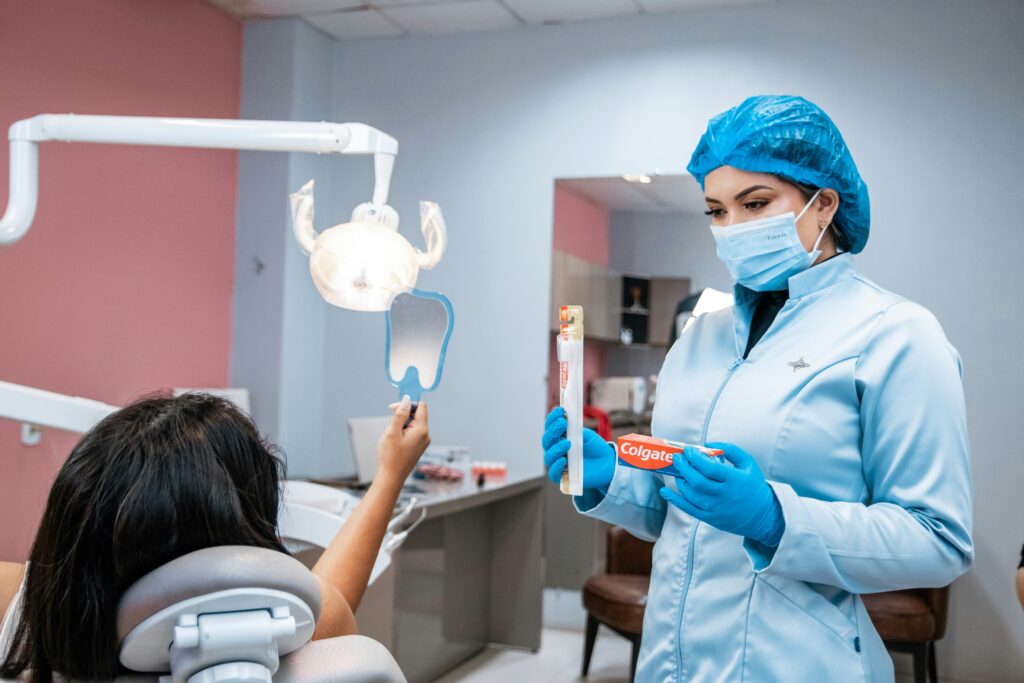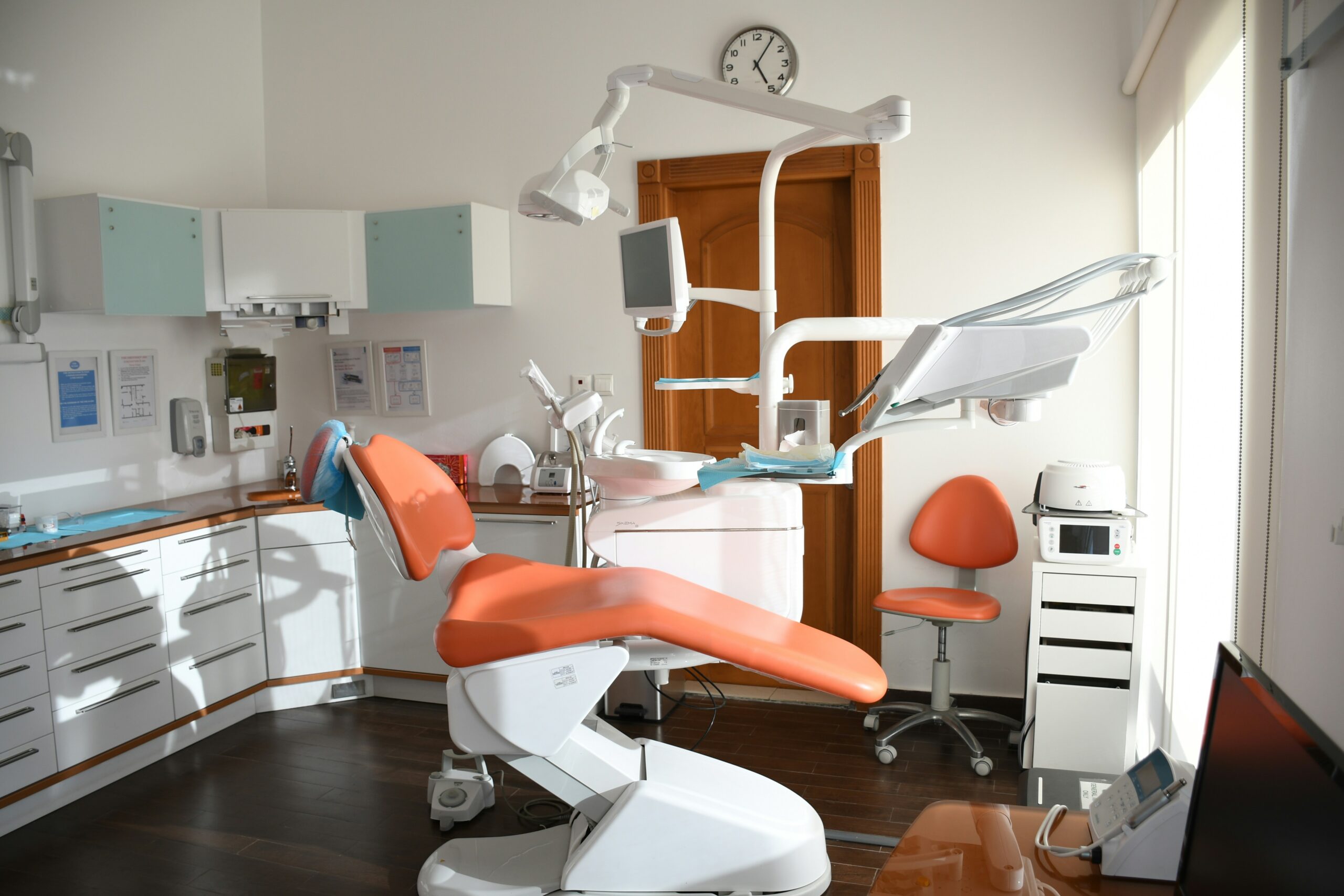A confident smile can make a world of difference. Over the years, dental technology has evolved dramatically, offering patients a variety of options to straighten their teeth. One of the most revolutionary advancements in orthodontics is invisible braces. These modern alternatives to traditional metal braces allow individuals to achieve a beautifully aligned smile discreetly, comfortably, and effectively.
In this blog, we explore the rise of invisible braces, their benefits, the technology behind them, and why more people are choosing them over conventional braces.
What Are Invisible Braces?
Invisible braces, also known as clear aligners, are transparent dental devices designed to gradually move teeth into proper alignment. Unlike traditional metal braces, they are virtually undetectable when worn. Popular brands like Invisalign and Clear Correct have made invisible braces a widely recognized solution for both teens and adults.
Key features include:
- Clear, removable design for minimal visual impact
- Custom-fit trays molded to an individual’s teeth
- Gradual movement guided by advanced digital treatment planning
These braces offer a perfect blend of effectiveness and aesthetics, making them highly desirable in today’s image-conscious society.
Why Invisible Braces Are Gaining Popularity
Several factors have contributed to the growing adoption of invisible braces:
- Aesthetic Appeal
Traditional braces can be conspicuous and sometimes affect self-confidence. Invisible braces allow individuals to undergo orthodontic treatment without the social stigma often associated with metal brackets. - Comfort and Convenience
Clear aligners are smooth and less likely to cause irritation to gums or cheeks. They can be removed for eating, brushing, and flossing, making daily oral hygiene much easier compared to fixed braces. - Predictable Treatment Planning
Digital imaging and 3D modeling allow orthodontists to create precise treatment plans. Patients can visualize their tooth movement over time, providing a sense of reassurance and control over the process. - Suitable for Adults and Teens
Many adults who missed orthodontic treatment as teens are turning to invisible braces because they are practical, professional, and discreet.
How Invisible Braces Work
The process begins with a consultation with an orthodontist or dentist, who will:
- Assess dental alignment through scans or impressions
- Develop a treatment plan using computer-aided design (CAD) technology
- Fabricate custom trays to fit the patient’s teeth
Each set of aligners is worn for one to two weeks, gradually shifting teeth according to the treatment plan. Patients progress through multiple sets of aligners until the desired alignment is achieved.
Benefits Over Traditional Braces
| Feature | Invisible Braces | Traditional Braces |
|---|---|---|
| Visibility | Nearly invisible | Highly visible |
| Comfort | Smooth plastic, less irritation | Metal brackets can cause soreness |
| Removability | Can be removed for meals | Fixed in place |
| Oral Hygiene | Easier brushing & flossing | More challenging to clean around brackets |
| Treatment Planning | Digital modeling & simulation | Manual adjustments needed |
These advantages make invisible braces a preferred choice for many individuals who value both effectiveness and aesthetics.

Common Misconceptions
Despite their popularity, some myths persist about invisible braces:
- “They only work for minor corrections”
Modern invisible braces can treat a wide range of alignment issues, from mild spacing problems to moderate bite correction. - “Treatment takes longer than metal braces”
Treatment time is often comparable and sometimes shorter, depending on the complexity of the case. - “They are uncomfortable”
Most patients report minor pressure initially, but this is generally far less painful than traditional braces.
Caring for Your Invisible Braces
Proper care ensures effectiveness and longevity:
- Remove aligners when eating or drinking anything other than water
- Brush and floss teeth before reinserting aligners
- Clean aligners daily using gentle brushing or specialized cleaning solutions
- Wear aligners consistently (20–22 hours/day) to maintain treatment progress
Maintaining these habits ensures both oral hygiene and optimal results.
The Future of Orthodontics
The rise of invisible braces reflects a broader trend in dentistry: personalized, patient-centered care. Advances in AI, 3D printing, and digital imaging are making treatments more precise and accessible. Future innovations may include:
- Smart aligners that monitor tooth movement in real-time
- Faster treatment plans using AI-driven predictions
- Even more discreet materials for a near-invisible appearance
As technology continues to evolve, orthodontic treatment will become faster, more comfortable, and tailored to individual lifestyles.
FAQs About Invisible Braces
1. Are invisible braces suitable for adults?
Yes. They are ideal for adults who want discreet and effective orthodontic treatment.
2. How long does treatment take?
Treatment typically lasts 12–18 months, depending on the complexity of the case.
3. Can I eat normally with invisible braces?
Yes. Aligners are removed during meals, so there are no dietary restrictions.
4. Are invisible braces expensive?
Costs vary based on the provider and complexity, but many patients find the aesthetic and comfort benefits worth the investment.
5. Do invisible braces require frequent dental visits?
Patients usually visit the orthodontist every 6–8 weeks for progress checks and new aligner sets.
Conclusion
Invisible braces have revolutionized orthodontics by combining effectiveness, comfort, and discretion. They empower patients to achieve their dream smile without compromising confidence or lifestyle.
For anyone looking to straighten their teeth discreetly, invisible braces offer a modern, patient-friendly solution that aligns with both aesthetic desires and dental health goals.
As technology continues to advance, the world of orthodontics will become even more innovative and accessible, making it easier than ever to maintain a confident, healthy smile.










